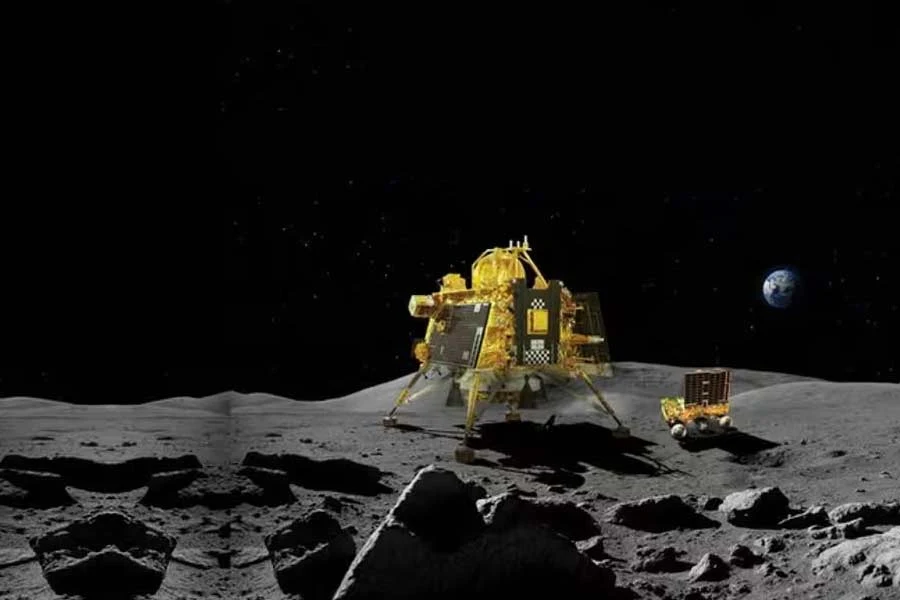ISRO's Vikram Lander's Seismometer Detects Lunar Quakes on the Moon
ISRO's Vikram Lander's Seismometer Detects Lunar Quakes on the Moon
ISRO has announced that the Vikram lander's seismometer, named 'ILSA,' has detected seismic activity on the moon. Earlier, lunar rover and other payloads had also observed lunar quakes. ISRO's scientists have explained that on August 26, the lander detected a 'natural' seismic event during the ongoing examination of the lunar surface.
On Twitter, ISRO mentioned, "The seismometer payload ILSA, along with other payloads of the third lunar lander, detected seismic activity due to the lander's descent. On August 26, ILSA also identified another seismic event, believed to be natural." ISRO is investigating the source of this event. ILSA has been tasked with gathering information about the lunar soil's composition and its impact in the vicinity of the lander's touchdown site.
On the evening of August 23, the third lunar lander approached the southern pole of the moon in just 4 minutes and 6 seconds. The next morning, ISRO confirmed that the rover successfully emerged from the lander's belly and is currently conducting surface exploration on the moon. Meanwhile, the presence of sulfur has been detected by the rover on the lunar south pole. The six-wheeled rover has a unique design and moves at a rate of just one centimeter per second. Its lifespan is limited to 14 days, equivalent to one lunar day. Once the sun sets on the moon, the rover will cease operations. The rover's scientific instruments are being used to better understand the lunar south pole through various tests and examinations.





